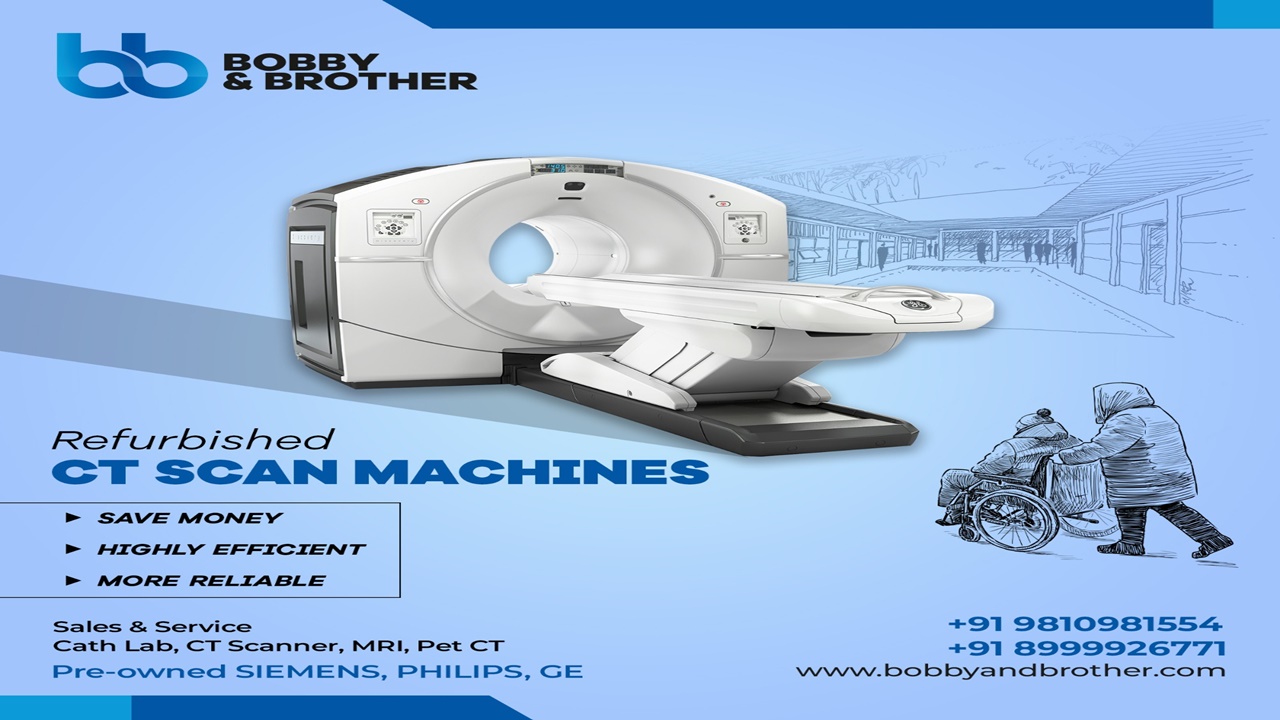What is CT Scan? | Full Form of CT Scan
Computed Tomography (CT) scan technology has come a long way since its invention in the 1970s. The history of CT scans is closely tied to the history of X-ray technology, which was first discovered in 1895 by German physicist Wilhelm Röntgen. X-rays were initially used primarily for diagnostic imaging of bones and other hard tissues, but their application was limited by the fact that they only produced 2-dimensional images.
In the 1960s, a British engineer named Godfrey Hounsfield began experimenting with a new type of X-ray imaging that used a series of X-ray beams to create cross-sectional, or “tomographic,” images of the body. He called his invention the “Emi Scanner,” and it was the first true CT scanner. In 1973, Hounsfield and his colleague Allan Cormack were awarded the Nobel Prize in Physiology or Medicine for their work on CT scans.
The First Generations CT Scan
The first generation of CT scanners were large and expensive, and their use was initially limited to research and specialized medical applications. However, as the technology improved and the cost of CT scanners decreased, they began to be used more widely in hospitals and clinics. By the 1980s, CT scans had become a routine diagnostic tool for a variety of medical conditions.
In the upcoming decades after the invention of CT scans, the technology is continuously evolving. One of the major advancements has been the development of “multislice” CT scanners, which can take multiple X-ray images at once, allowing for faster and more detailed scans. Another significant development has been the introduction of “helical” CT scans, which use a continuous spiral motion to acquire images, rather than the traditional “step-and-shoot” method. This allows for faster and more efficient scans, with less patient motion artefacts.
Recent Innovations in CT Scan Machines.
In recent years, there has been a growing focus on reducing the radiation dose associated with CT scans. One way to achieve this is through the use of “dose modulation” techniques, which adjust the radiation dose based on the patient’s size and the specific area of the body being imaged. Another approach is the use of “iterative reconstruction” algorithms, which use mathematical models to produce high-quality images with less radiation.
Other recent innovations in CT scan technology include the use of “dual energy” scans, which can produce images with greater contrast and detail, and the use of “functional” CT scans, which can detect changes in blood flow and other physiological processes.
In conclusion, CT scan technology has undergone a significant evolution since its invention in the 1970s. The development of multislice and helical CT scanners, dose modulation techniques and iterative reconstruction algorithms are some of the major advancements in CT scan technology. These advancements have led to faster and more detailed scans, with less radiation exposure, making it a more efficient and safer diagnostic tool for a wide range of medical conditions.
CT Scan is an important part of today’s world and is used to detect many diseases. Get more information on CT Scan and MRI Machines from Bobby & Brothers, not only best Medical Equipment Supplier in India but also helping you to Buy Refurbished CT Scan in Nashik.
Do you want to know about MRI Machine just like CT Scan Machine?
